We often wait for obvious symptoms—a sharp pain, crushing fatigue, or a high fever—to alert us that something’s wrong. But what about the dangers that creep in quietly, damaging your body long before you feel a thing?
Meet the silent killers: high blood pressure (hypertension) and high cholesterol. These
invisible threats can harm your blood vessels and overwork your heart for years without
warning—until a routine check-up reveals the damage.
The good news? You don’t have to wait for a crisis. By understanding, monitoring, and managing these conditions, you can take charge of your health and protect your heart for the long run.
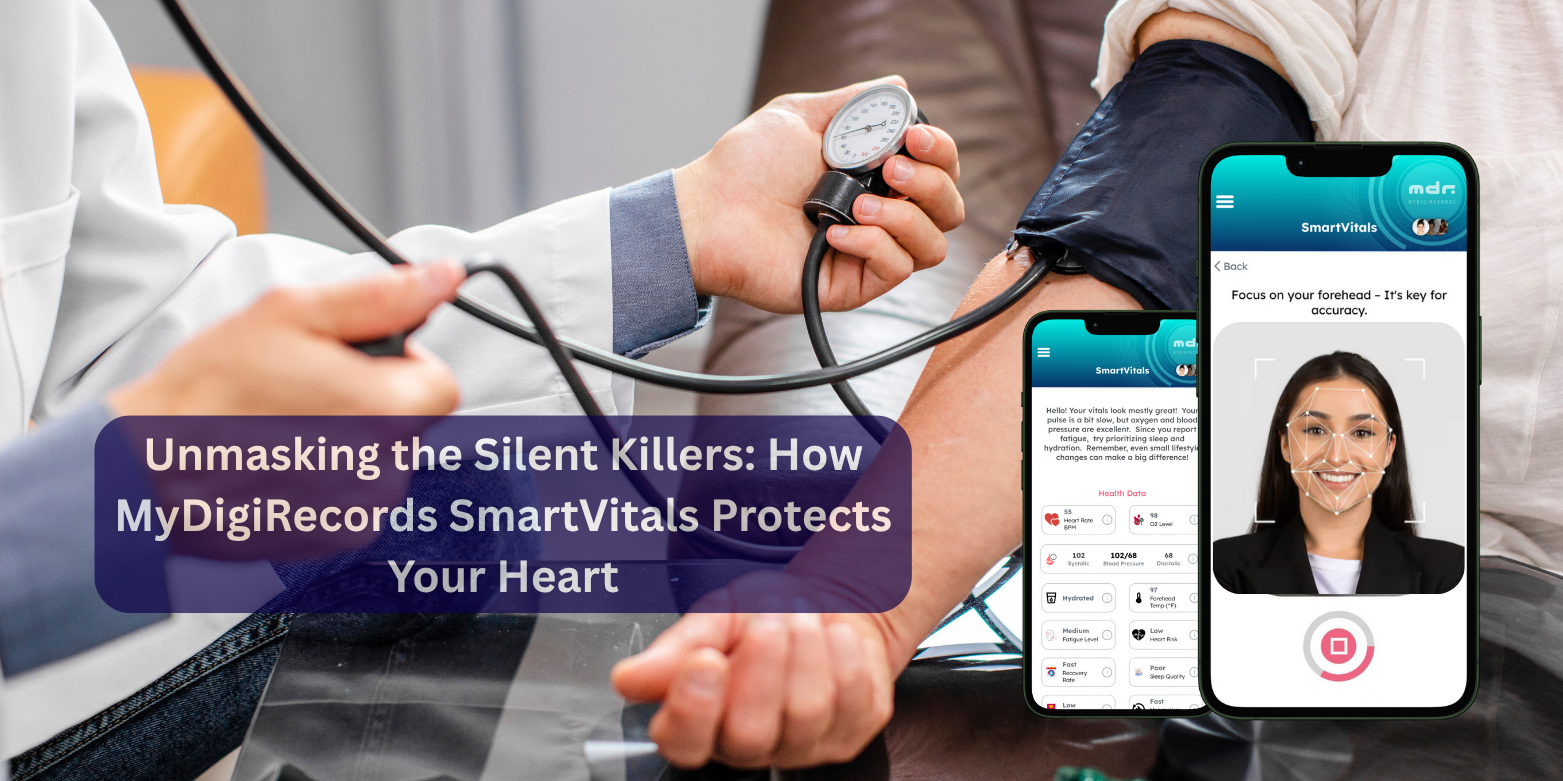
Understanding the Hidden Threats
High blood pressure and high cholesterol often go hand in hand—and together, their combined effects can be far more dangerous than either condition alone.
- High Blood Pressure (Hypertension)
This occurs when the force of blood against your artery walls remains consistently too strong. Over time, it makes your heart work harder and damages the inner lining of your arteries.
Why it’s silent: Most people with hypertension feel perfectly fine. Some may notice mild headaches or dizziness, but these are easy to dismiss—making regular blood pressure checks essential.
Common causes: Diets high in salt and processed foods, lack of physical activity, obesity, smoking, excessive alcohol use, stress, poor sleep, and family history.
- High Cholesterol (Hypercholesterolemia)
Cholesterol is essential for healthy cell function, but too much of the wrong kind can clog your arteries.
Types of cholesterol:
- LDL (Low-Density Lipoprotein): The “bad” cholesterol that forms plaque in artery walls.
- HDL (High-Density Lipoprotein): The “good” cholesterol that helps remove excess cholesterol from your bloodstream.
The connection: When LDL cholesterol builds up, it narrows your arteries and raises blood pressure. Meanwhile, high blood pressure damages artery walls, making it easier for cholesterol to form plaques. Together, they dramatically increase your risk of heart attack, stroke, kidney disease, and even cognitive decline.
Your Defense Strategy: Lifestyle + Technology
The best news? Both high blood pressure and high cholesterol are manageable—and often preventable. Your defense strategy rests on two pillars: Healthy Lifestyle Changes and Consistent Monitoring.
Pillar 1: Lifestyle Changes for a Healthy Heart
Area
Action Steps
Pillar 2: The Game-Changer — MyDigiRecords SmartVitals
Lifestyle changes are powerful—but you can’t manage what you don’t measure. That’s where MyDigiRecords’ SmartVitals comes in.
SmartVitals turns scattered health checks into an accessible way to measure key vitals—helping you track trends, spot risks early, and stay in control of your cardiovascular health.
How SmartVitals Shields You from Silent Damage:
- Effortless Tracking of Key Metrics: Log and store key health vitals—like blood pressure, heart rate, and temperature—without relying on paper records or memory.
- Trend Visualization: See your progress over time through intuitive charts and graphs. Monitoring trends—not just snapshots—lets you understand whether your lifestyle changes are truly improving your health.
- Smarter Doctor Visits: Arrive at appointments prepared with a clear record of your vitals. Your doctor can quickly identify trends, adjust medications, and fine-tune your treatment plan.
- Motivation & Accountability: Seeing your progress in real time reinforces healthy habits and helps you stay consistent.
SmartVitals removes the guesswork and makes prevention proactive—giving you full visibility into your body’s performance.
The Bottom Line
High blood pressure and high cholesterol may be silent, but they’re not unstoppable. Through awareness, healthy habits, and consistent monitoring with MyDigiRecords’ SmartVitals, you can protect your heart and live a longer, healthier life.
Stop guessing—start measuring. Take charge of your health today with SmartVitals. Because prevention isn’t just better than cure—it’s the smartest way to live.
More blogs for you to read
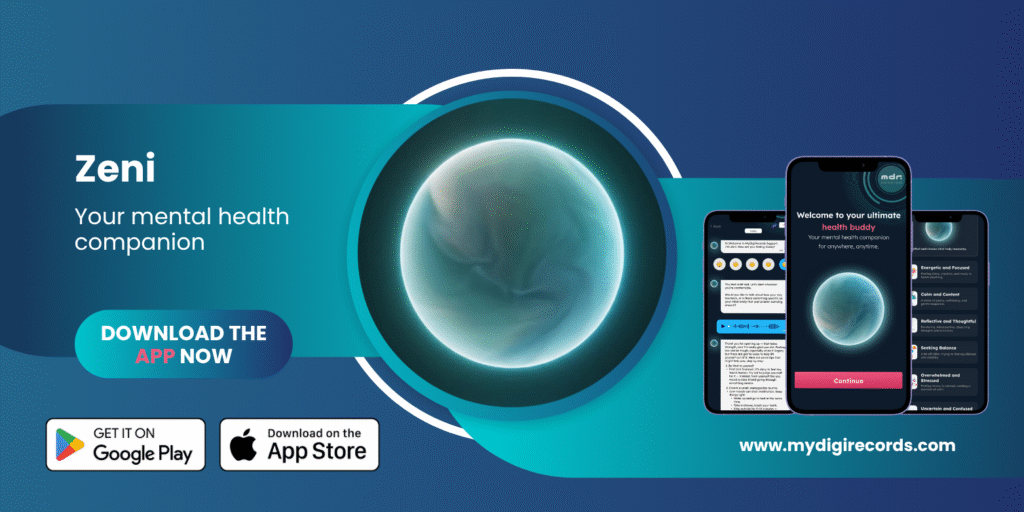
Beyond the Silence: Nurturing Your Mind with MyDigiRecords and Zeni
Table of Contents: Beyond the Silence: Nurturing Your Mind with MyDigiRecords and Zeni The Invisible Weight: Understanding Mental Health Challenges
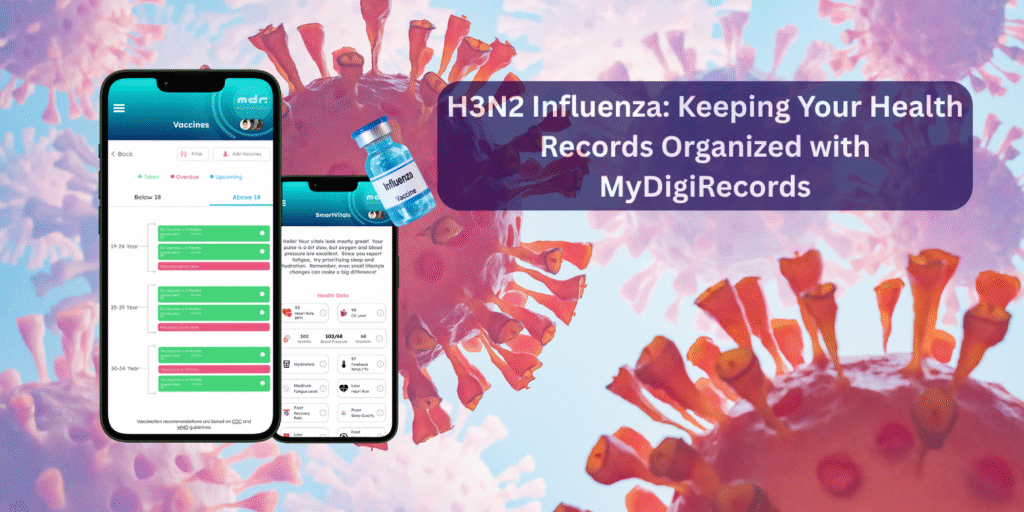
H3N2 Influenza: Keeping Your Health Records Organized with MyDigiRecords
Table of Contents: H3N2 Influenza: Keeping Your Health Records Organized with MyDigiRecords Understanding H3N2 Influenza: What You Need to Know

Future-Proof Your Brain: How MyDigiRecord Makes Healthy Aging Effortless
Table of Contents: Introduction MyDigiRecords: Your Partner in Proactive Brain Health Effortless Medication Management: Just Scan and Done! Beyond Medication:
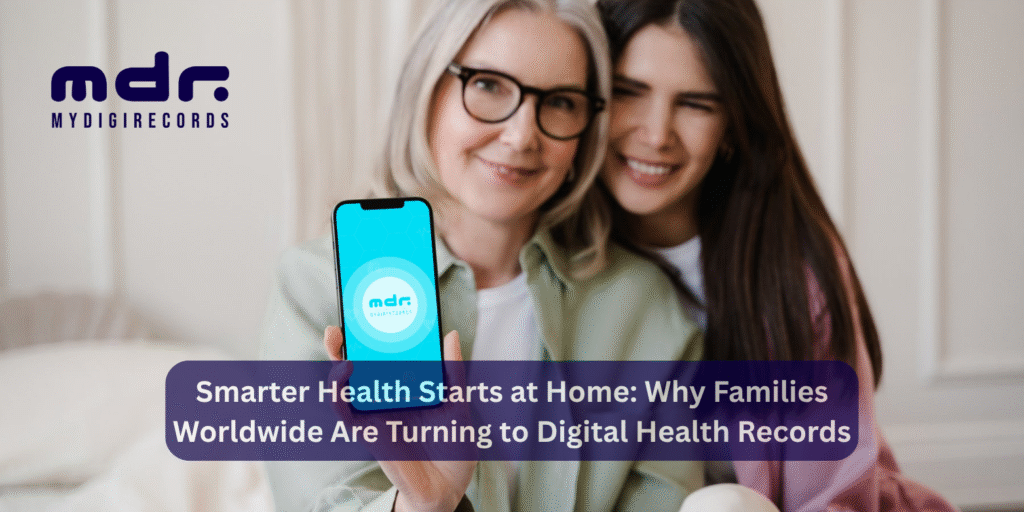
Smarter Health Starts at Home: Why Families Worldwide Are Turning to Digital Health Records
Smarter Health Starts at Home: Why Families Worldwide Are Turning to Digital Health Records Table of Contents: Why Every Family

What Happens to Your Medical History When You Switch Doctors?
What Happens to Your Medical History When You Switch Doctors? Table of Contents: What Happens to Your Medical HistoryWhen You
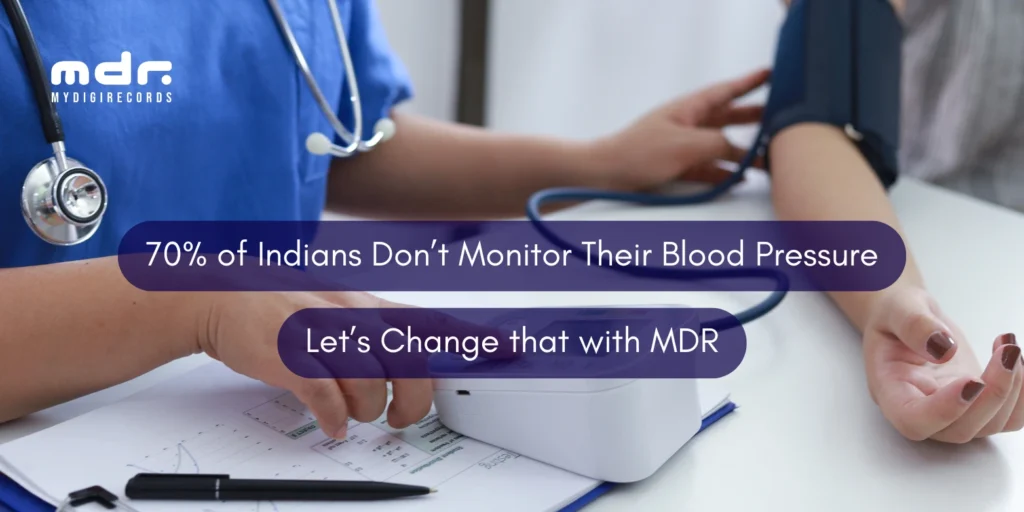
70% of Indians Don’t Monitor Their Blood Pressure – Let’s Change That with MDR
70% of Indians Don’t Monitor Their Blood Pressure – Let’s Change That with MDR Table of Contents: The Silent Killer

New USCIS Rule 2025: Green Card Applications Must Now Include Medical Form I-693 – What You Need to Know
New USCIS Rule 2025: Green Card Applications Must Now Include Medical Form I-693 – What You Need to Know Table
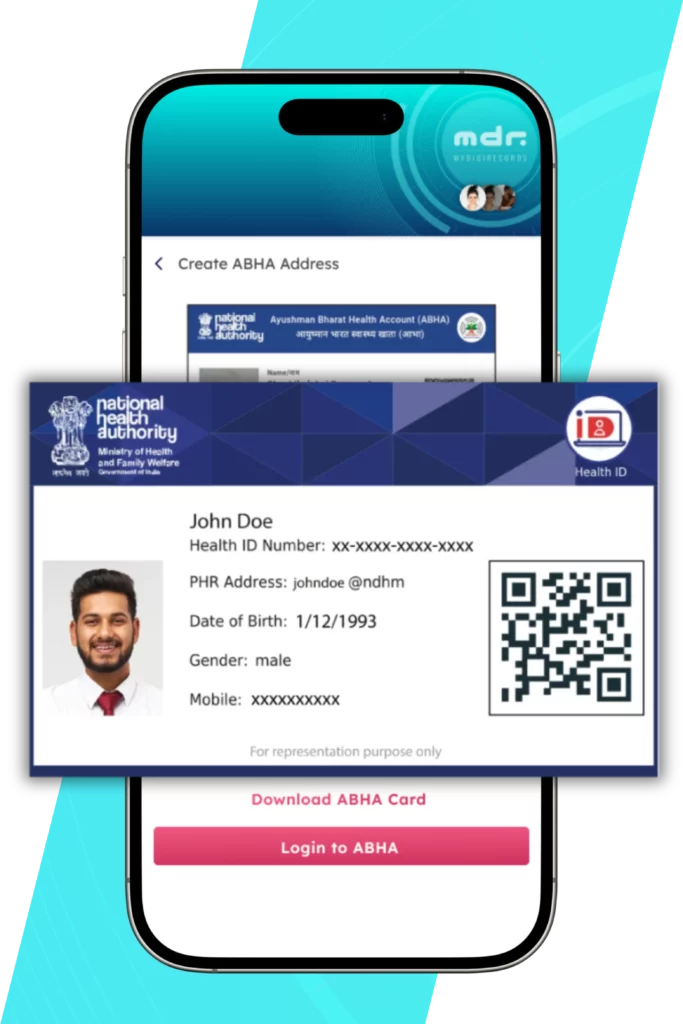
A Deep Dive into ABDM and ABHA ID with MyDigiRecords – Unlocking the Power of Digital Health
A Deep Dive into ABDM and ABHA ID with MyDigiRecords – Unlocking the Power of Digital Health Table of Contents:

Dr. Saroj Gupta Named Among Top Business Leaders of 2025 for Innovation in Digital Health
Dr. Saroj Gupta Named Among Top Business Leaders of 2025 for Innovation in Digital Health We’re proud to share that
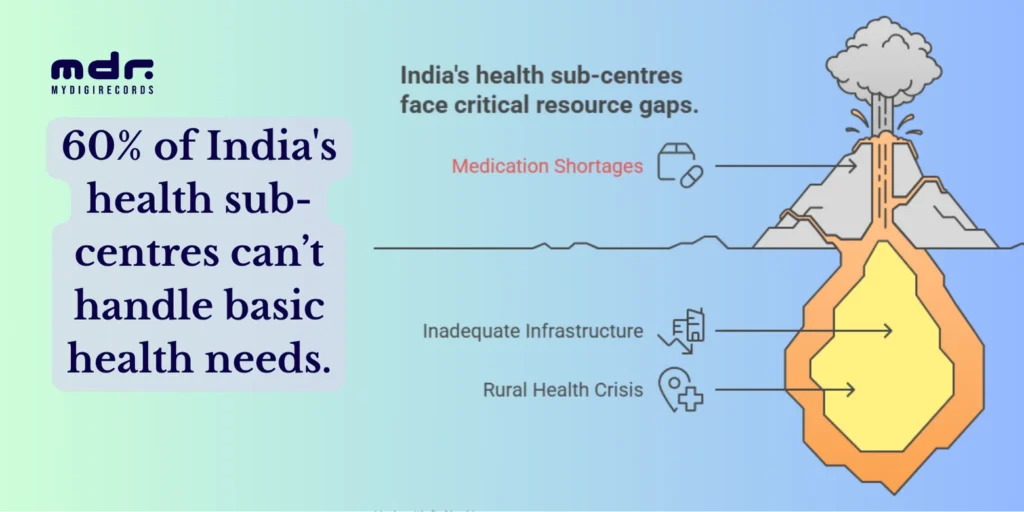
India’s Health Sub-Center Crisis: How Digital Health Records Can Bridge the Rural Care Gap
India’s Health Sub-Center Crisis: How Digital Health Records Can Bridge the Rural Care Gap Table of Contents: Introduction The Data
